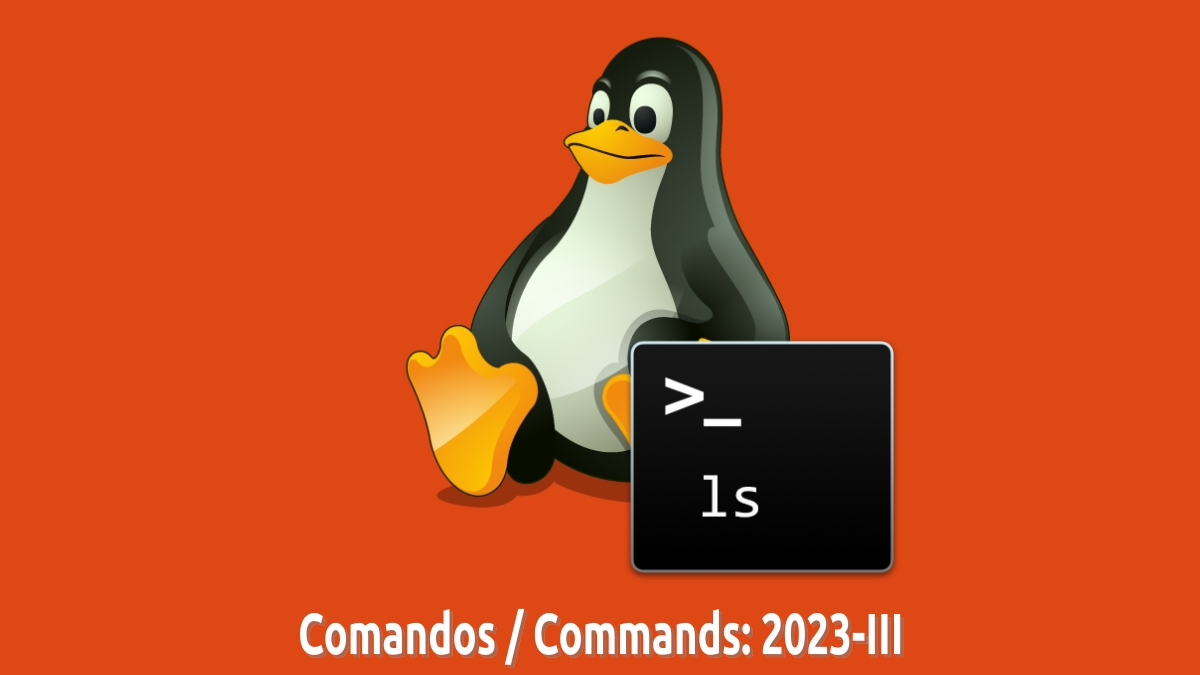
Basic Commands for Linux Newbies: 2023 – Part Three
In this third part of our current post series, related to the most useful "Basic Linux Commands for 2023", we will continue suggesting and contributing a new list with some of the generic linux commands grouped under a common category. Which, on this occasion, are related to the possibility of being able to manage item and device information of hardware, present in any GNU / Linux Operating System.
In such a way, to continue contributing practical and current content especially for those who, to this day, consider themselves newbies and beginners of GNU/Linux Distributions.
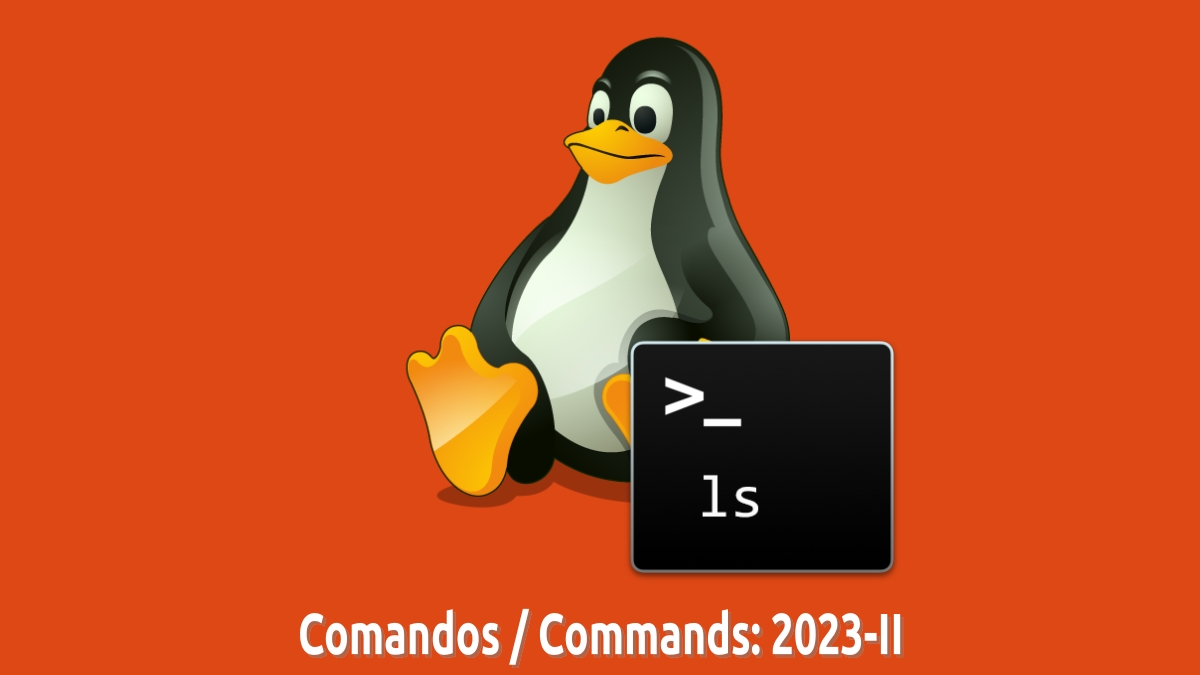
Basic Commands for Linux Newbies: 2023 – Part Two
And, before starting this post about the third part from our series of Useful “basic Linux commands” for newbies in 2023We recommend that you then explore related contents following:

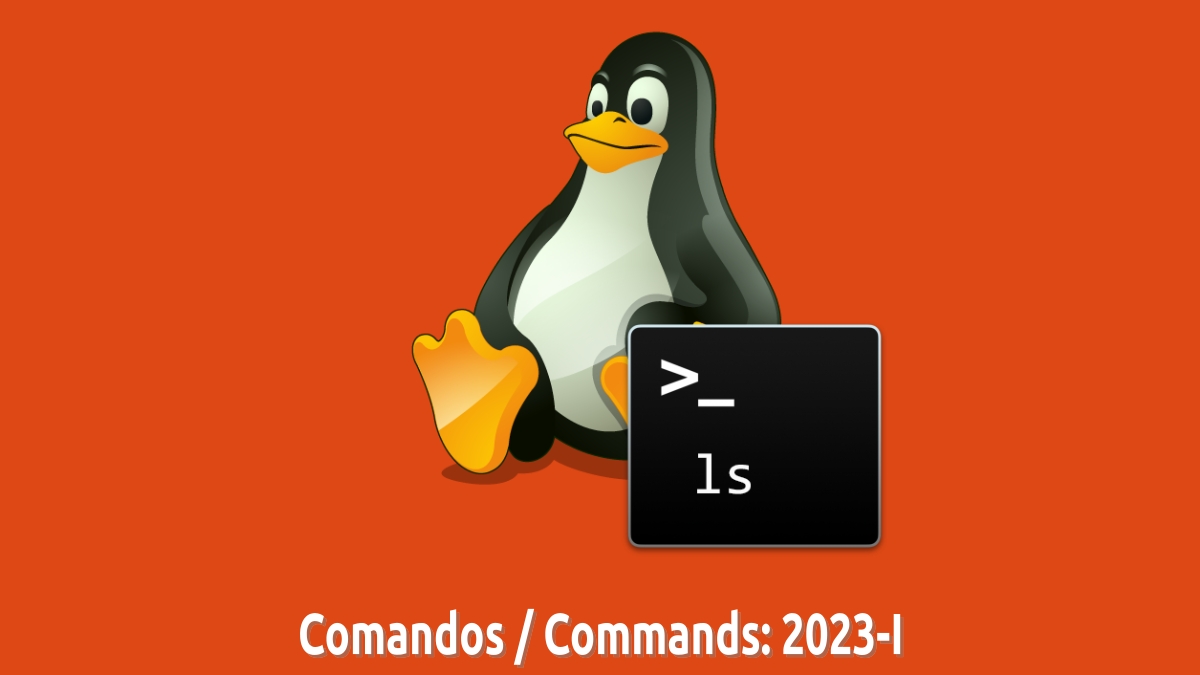

Basic Linux Commands by 2023: Part Three
Part Three on Useful Linux Commands for Newbies – 2023
Commands to manage information of hardware elements and devices in general
lsblk- Sample information about all available storage devices.
fdisk- Allows creation, deletion and modification of partitions on the available devices.mount– Allows mounting (connect) a file system on top of an existing device directory.umount– Allows you to disassemble a managed file system on top of a current device directory.hdparm- Allows you to manage the hardware parameters of the available disk devices.lshw- Displays system HW information, including information about current devices.lsusb- Displays specific information about the current USB devices in the operating system.lspci- Displays specific information about the current PCI devices in the operating system.lscpu- Shows specific information about the CPU used in the operating system and its architecture.
dmesg- Shows internal information managed by the Kernel, including the one associated with the hardware.
Note: Click on the name of each command in case you want to know more about it. When doing so, the corresponding link to its official section will be opened in the Debian GNU/Linux Manpages, in Spanish, and failing that, in English.
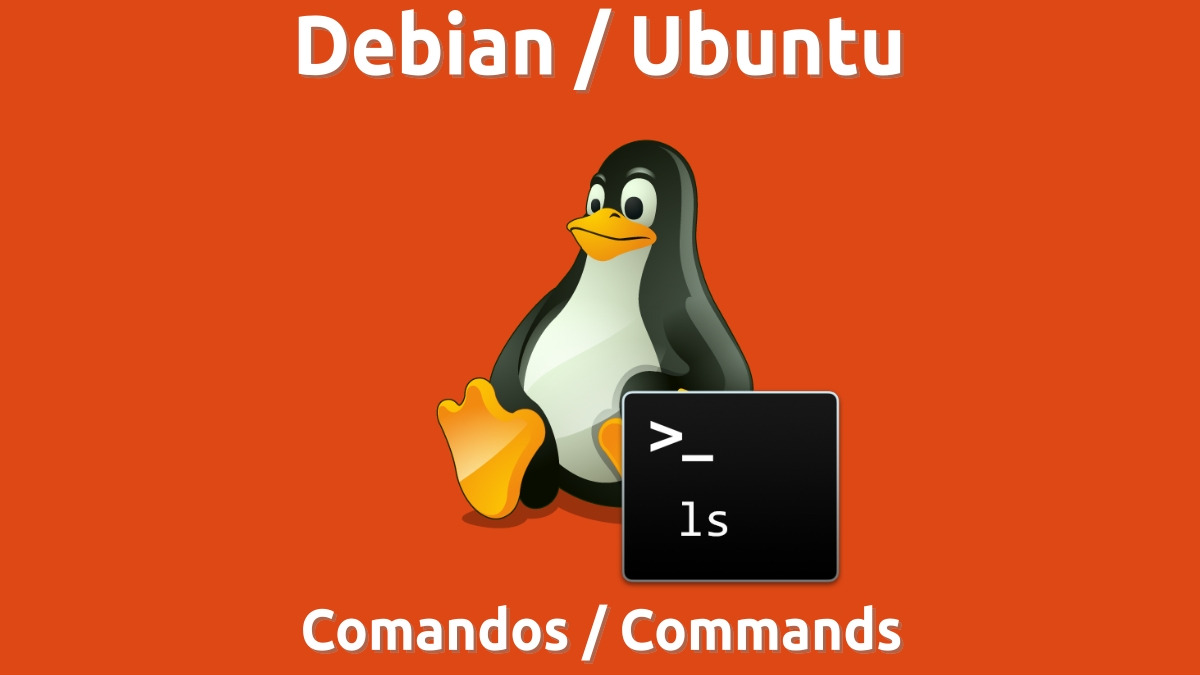
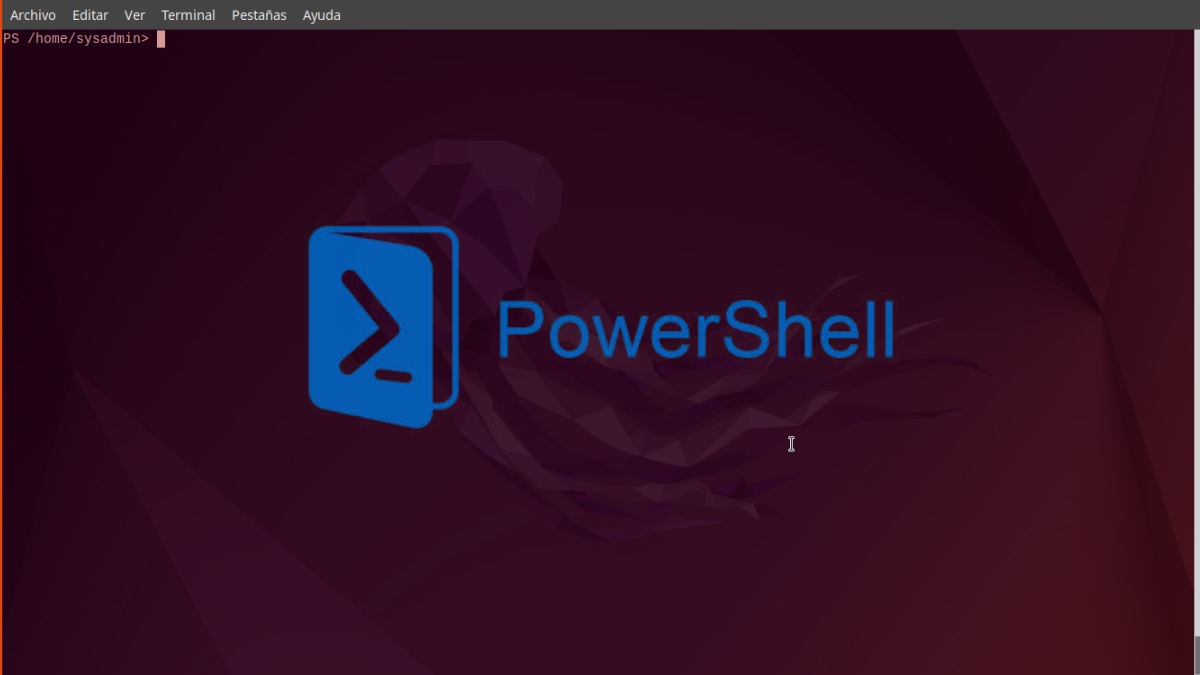
Summary
So far, we have arrived with the third part of our series of quick guides de "Basic Linux Commands for 2023", ideal for newbies and beginners of GNU/Linux Distributions. However, if you know of any other useful and frequent terminal command, capable of being useful to a novice or beginner, that can go in this category of manage information of hardware elements and devicesit will be a pleasure to meet you through the comments.
Also, remember, visit the beginning of our «site», in addition to the official channel of Telegram for more news, tutorials and Linux updates. West group, for more information on today's topic.
